Is it a two-nado? 7 weather phenomena that will have you seeing double
FOX Weather celebrates 'Twosday' with these wonderful weather duos
In honor of "Twosday," here are some weather phenomena that will have you seeing double.
"Twosday" is the moniker being used on social media to describe Feb. 22, 2022. That's because the date, which falls on a Tuesday, is palindrome when written as 2/22/22. That means it reads the same backward as forward.
Twin tornadoes
Twin tornadoes are when a single supercell thunderstorm produces two tornadoes at the same time. Pictured below are two tornadoes that touched down in Nebraska on June 16, 2014, as part of the Pilger tornado event.
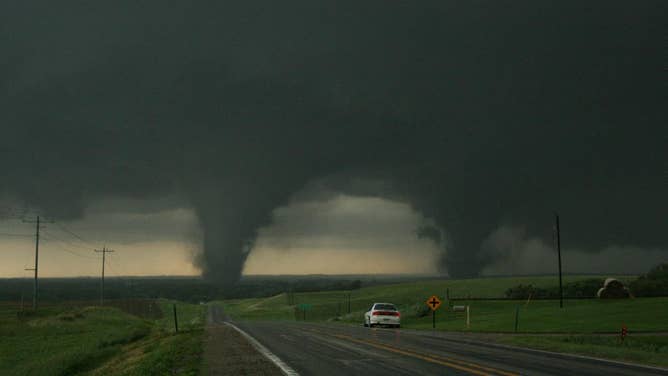
Two tornadoes that touched down in Nebraska on June 16, 2014
(NWS)
Dual lightning strikes
Dual lightning occurs when two bolts of lightning strike concurrently. Below is a dual lightning strike captured in Donetsk, Ukraine on June 26, 2011.
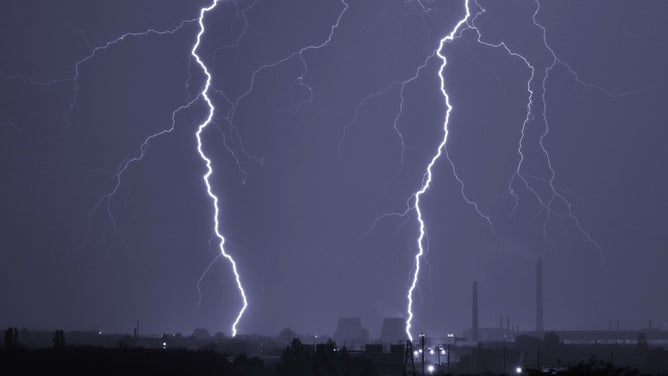
KRAMATORSK, DONETSKAYA, UKRAINE - 2011/06/26: A double lightning during a huge summer thunderstorm in Kramatorsk. (Photo by Andriy Andriyenko/SOPA Images/LightRocket via Getty Images)
(Getty Images)
Twin tropical cyclones
Twin tropical cyclones occur when two mirroring cyclones form on opposite sides of the equator, with the Northern Hemisphere low spinning counterclockwise and the Southern Hemisphere low spinning clockwise. This happens mainly near the equator, where a group of thunderstorms will help develop circulation on both sides of the equator into twin cyclones.
Dual jet streams
Jet streams are narrow, fast-moving upper-air areas and are one of the main driving forces in moving storms and weather across the country. North America has two main jet streams that play a significant role in weather, the Arctic jet stream and the Subtropical jet stream.
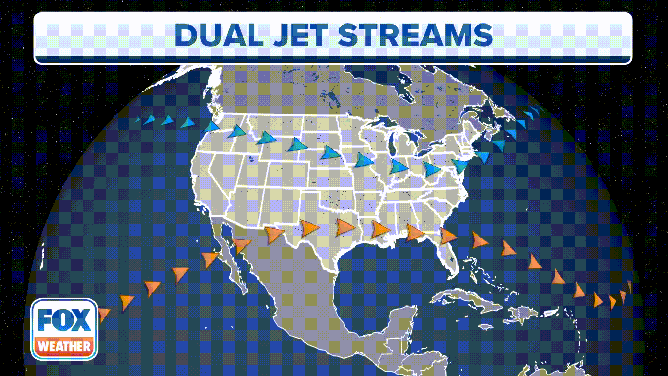
Arctic Jetstream (blue) and Subtropical Jetstream (orange)
(FOX Weather)
Double rainbow
A rainbow occurs when light rays refract off water droplets in the atmosphere. A double rainbow occurs when light is refracted twice within a raindrop. This leads to a broader, inverted secondary rainbow that covers a larger area of the sky.
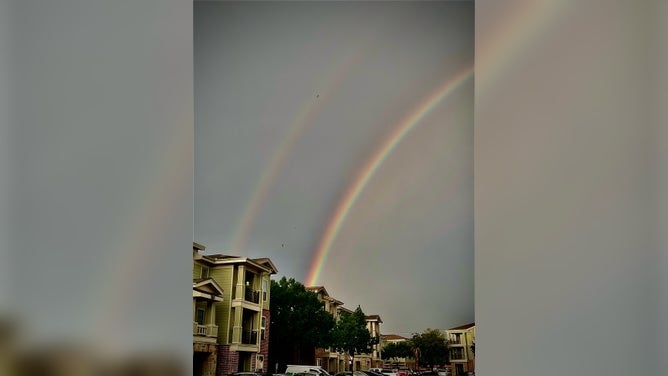
(Aaron Barker / FOX Weather)
The Fujiwhara effect
The Fujiwhara effect is when two low-pressure systems (or cyclones) interact as they move closer to one another. This was seen with the Superstorm Sandy in 2012, where a nor’easter interacted with Hurricane Sandy, causing the hurricane to strengthen significantly as it moved up the coast.
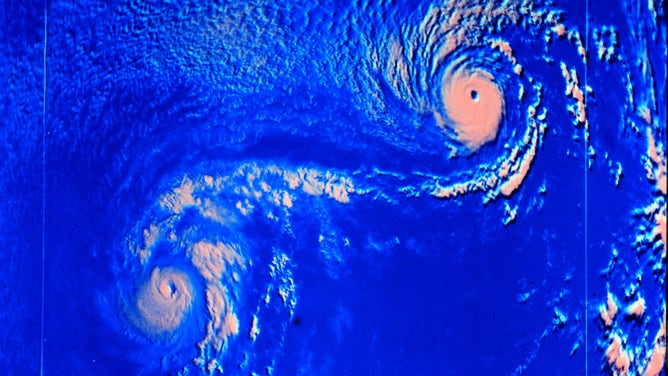
Photograph of Typhoons Ione and Kristen displaying the Fujiwhara effect. Dated 1974. (Photo by: Universal History Archive/Universal Images Group via Getty Images)
(Getty Images)
Dual-polarization radars
A dual-polarization radar is a radar that transmits and receives pulses in both horizontal and vertical orientations. This provides a better estimation of the dimensions and size of things like raindrops and tornado debris than a singular polarization radar.
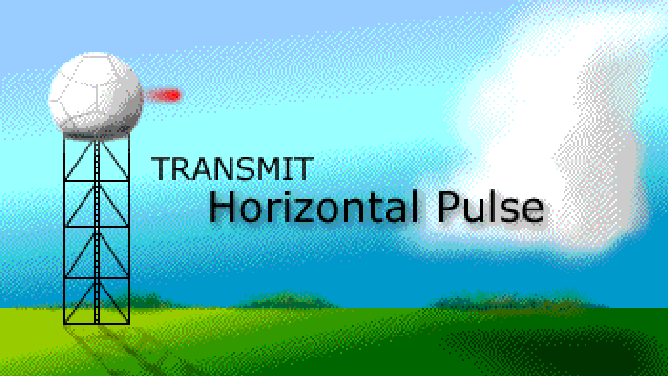
(NWS)